Losing weight doesn’t have to mean starving yourself or obsessing over every bite. In fact, one of the most effective strategies is simply swapping out certain high-calorie, low-nutrient foods for options that truly nourish your body and keep you full. Some everyday favorites—like sugary drinks or fried snacks—can quietly sabotage your goals, while others—like leafy greens or protein-packed legumes—can work in your favor. This guide breaks down 11 common foods that may be holding you back, and 11 smart, satisfying choices to replace them with. Because weight loss isn’t about restriction—it’s about making smarter swaps that last.
1. CUT: Sugary Beverages
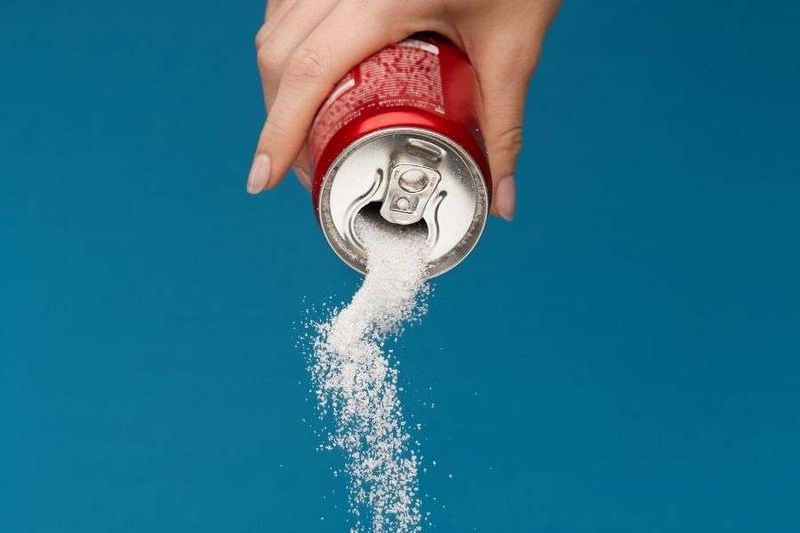
That seemingly innocent glass of soda or sweet tea might be doing more harm than good. Sugary drinks are among the top culprits for weight gain because they deliver a rush of empty calories without any fiber or protein to help you feel full. These liquid calories spike your blood sugar quickly, which can lead to crashes, cravings, and even insulin resistance over time. Even fruit juices—despite their “natural” label—can contain as much sugar as soft drinks. Replacing these with water, unsweetened tea, or infused water can help cut unnecessary calories without leaving you thirsty.
2. CUT: Processed Meats
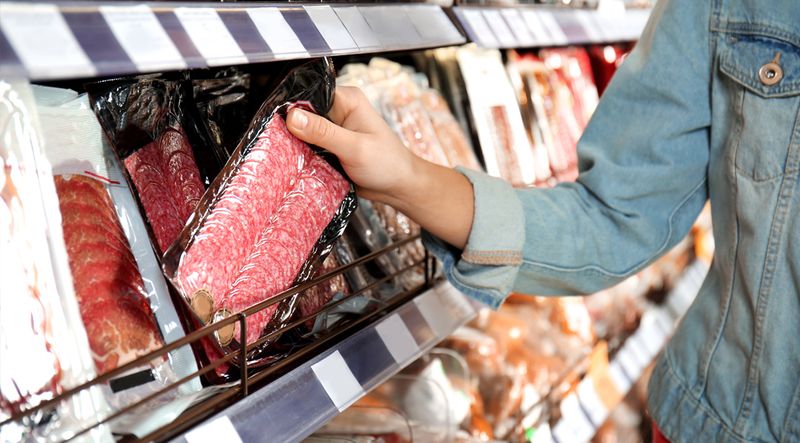
If deli meats and sausages are regular staples on your plate, it might be time to rethink your protein source. Processed meats are often high in sodium, saturated fat, and preservatives, which can contribute to water retention and long-term weight gain.
They also tend to be calorie-dense, meaning you can eat a lot of them without ever feeling truly satisfied. While convenient, these meats may increase your risk for chronic conditions like heart disease and certain cancers. Swapping in lean proteins like grilled chicken, beans, or fish gives your body the nourishment it needs—minus the hidden extras.
3. CUT: White Bread and Refined Grains

Light and fluffy may sound appealing, but when it comes to bread, it’s often a sign of low nutritional value. White bread and other refined grains are stripped of fiber and key nutrients during processing. The result? Foods that digest quickly and spike your blood sugar, leaving you hungry again soon after eating.
These refined carbs are common in pastries, sandwich breads, and even pasta. Over time, they can promote overeating and fat storage. Choosing whole grain alternatives like oats, quinoa, or sprouted bread can support satiety, stabilize energy levels, and provide long-term support for your weight loss goals.
4. CUT: Fried Foods

There’s no denying fried foods taste good—but they come at a hefty price when it comes to your waistline. French fries, fried chicken, onion rings, and similar indulgences are often soaked in unhealthy oils that are high in calories and trans fats. Not only do they promote inflammation, but they also encourage overeating thanks to their rich, salty, and crispy appeal. Regularly consuming fried foods has been linked to higher body fat percentages and heart-related issues. If you love that crispy texture, try oven-baking, air-frying, or grilling your favorites to get the flavor without the extra grease.
5. CUT: Pastries, Cookies, and Cakes
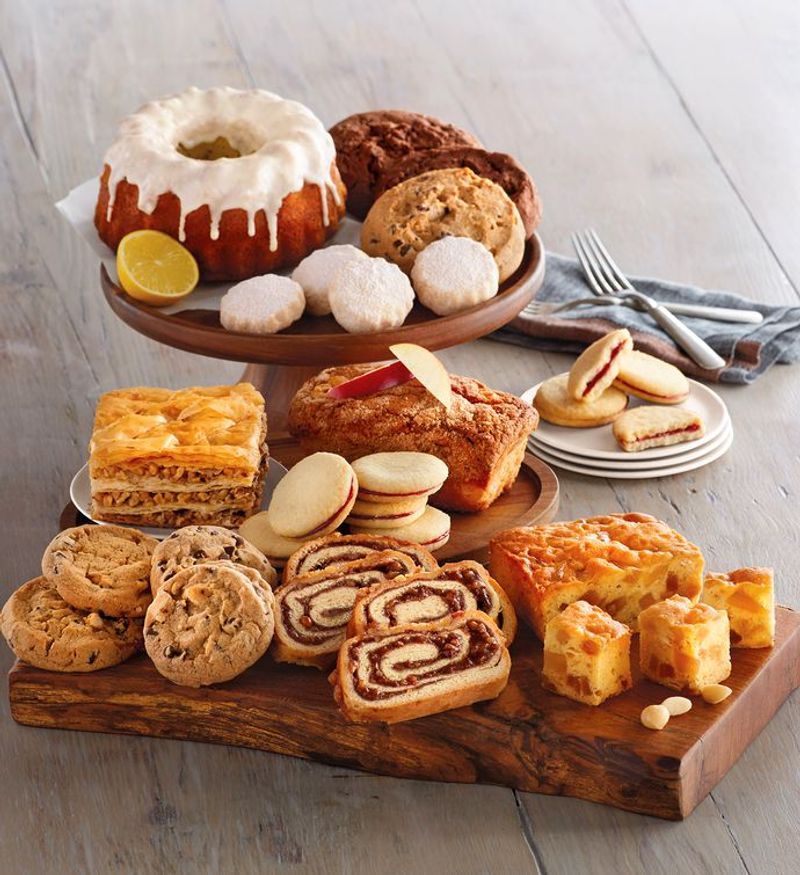
Baked goods might comfort the soul, but they can sabotage your goals. Most store-bought pastries, cookies, and cakes are high in refined flour, sugar, and added fats, offering a trifecta of trouble for anyone trying to lose weight. These treats digest quickly, cause blood sugar crashes, and rarely satisfy for long—leading you right back to the kitchen for more. Even the “healthier” versions can be deceptive. While it’s okay to enjoy sweets on occasion, making them a daily habit can slow your progress. Opt for fruit, dark chocolate, or homemade treats with wholesome ingredients when cravings strike.
6. CUT: Candy Bars
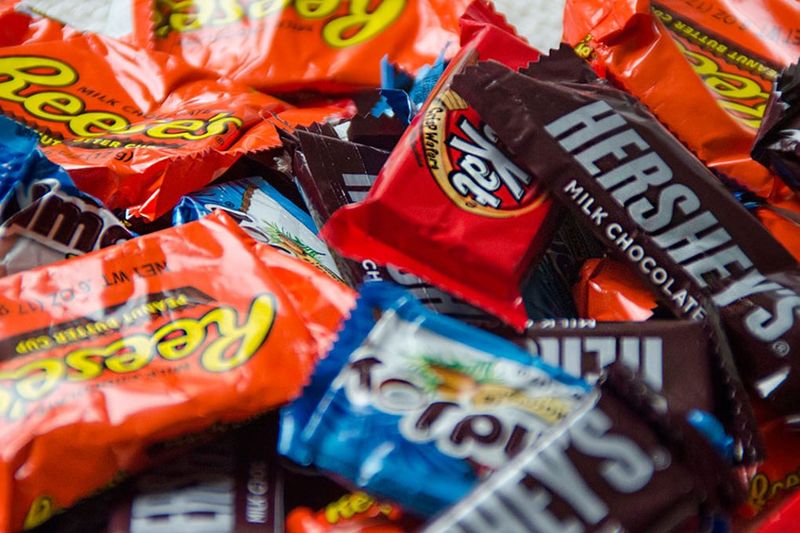
Grab-and-go convenience and instant satisfaction make candy bars hard to resist—but they’re a nutritional landmine. Most candy bars are loaded with sugars, unhealthy fats, and empty calories, making them one of the least helpful snacks during weight loss.
Their compact size hides how calorically dense they are, and they offer almost nothing in terms of fiber or protein. This means you’re likely to be hungry again shortly after eating one. If you need a sweet treat, choose a small piece of dark chocolate, a handful of berries, or a homemade energy bite that offers real fuel, not just sugar.
7. CUT: Most Fast Food Meals
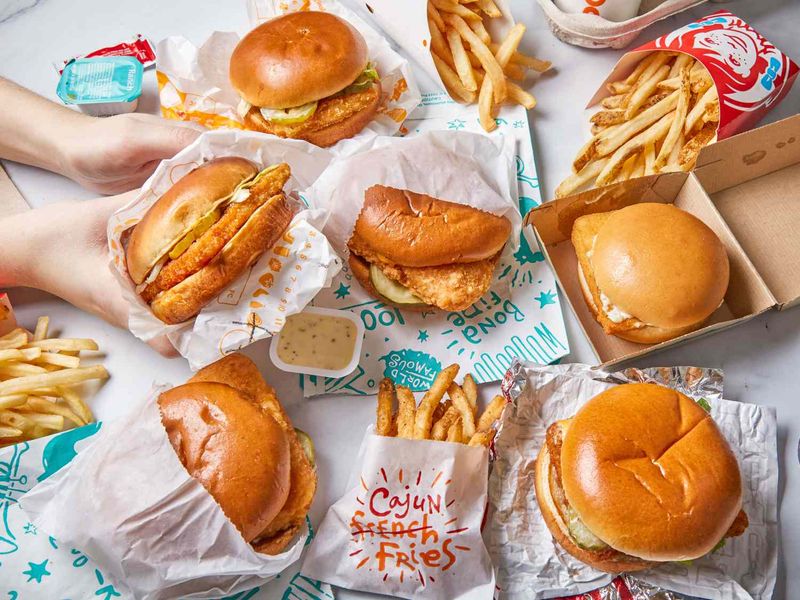
Fast food is built for speed and convenience—but not for your weight loss goals. Burgers, fries, and combo meals often pack more calories, unhealthy fats, and sodium than a full day’s worth of recommended intake. They’re also typically low in fiber and nutrients, which means you’ll feel hungry again soon after eating. Plus, the portion sizes are deceptively large. While the occasional fast food stop isn’t the end of the world, relying on it regularly can derail your progress fast. Opt for homemade versions of your favorites or explore healthier fast-casual chains when life gets hectic.
8. CUT: Ice Cream
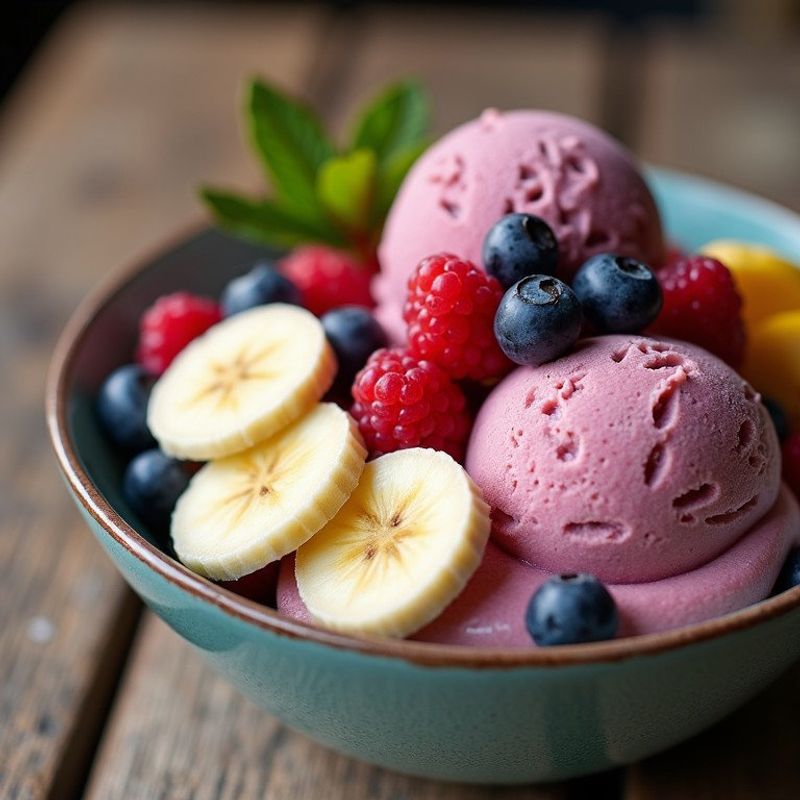
That comforting scoop of ice cream after dinner may be more trouble than it’s worth. Traditional ice cream is rich in added sugars and saturated fats, delivering a heavy calorie load with very little nutritional value. Because it’s cold, creamy, and easy to overeat, it’s rarely consumed in moderation.
Eating it often can lead to calorie creep and sluggish progress. Thankfully, there are lighter alternatives—like banana-based “nice” cream, fruit sorbets, or Greek yogurt parfaits—that can satisfy your cravings without blowing your calorie budget. Enjoying indulgences mindfully is key, but making swaps can help you stay on track.
9. CUT: Alcoholic Beverages

Even if you drink in moderation, alcohol can sneakily interfere with weight loss. Each gram of alcohol contains 7 calories, and drinks like beer, wine, and cocktails can easily add hundreds to your daily total. Worse, alcohol lowers inhibitions and stimulates appetite, making it easier to reach for unhealthy snacks or overeat at meals. Some cocktails also contain sugary mixers, doubling the damage. While you don’t have to quit entirely, being mindful of both frequency and portion size can help. Stick with light options like spritzers or vodka with soda water, and always pair alcohol with plenty of water.
10. CUT: High-Calorie Coffee Drinks
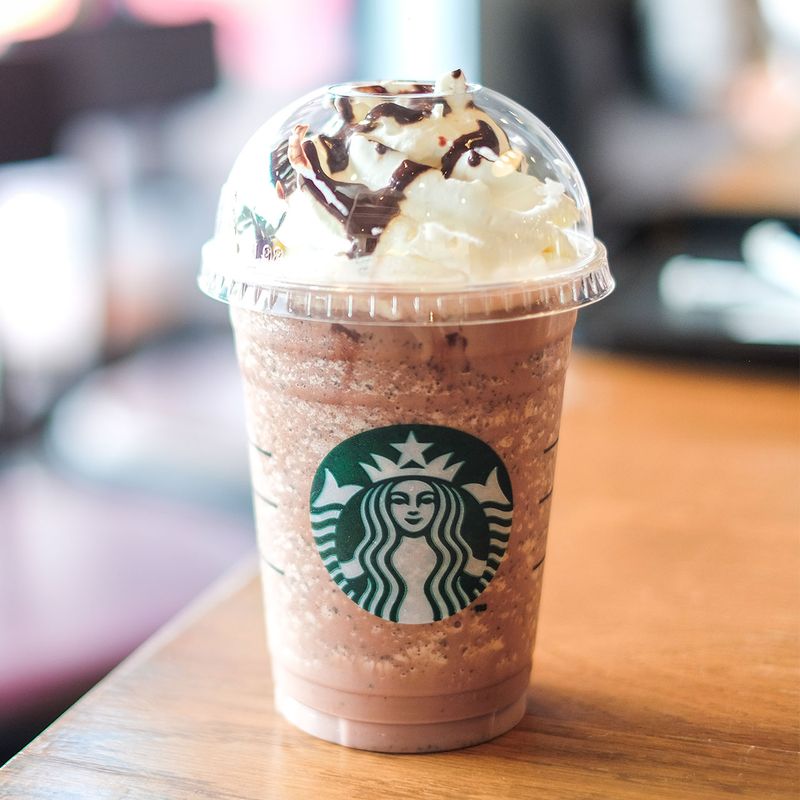
That morning caramel latte might seem innocent, but it could be sabotaging your calorie goals before breakfast. Many coffee shop drinks—especially flavored lattes, mochas, and frappes—contain hundreds of calories, thanks to sugary syrups, whole milk, and whipped cream.
These beverages offer little satiety, so you’ll still eat your regular meals on top of them. Over time, this adds up to weight gain, not loss. If you love coffee, switch to black coffee, cold brew with a splash of milk, or a lightly sweetened latte. You’ll still get your caffeine fix—without the sugar crash or hidden calories.
11. CUT: Energy Bars (with high sugar content)

Marketed as healthy, energy bars can be surprisingly deceptive. Many are loaded with added sugars, syrups, and processed oils, putting them closer to candy bars than balanced snacks. Their small size makes them easy to overeat, yet they often lack enough fiber or protein to truly satisfy your hunger.
If you’re not training intensely or burning major calories, these bars can stall weight loss progress. When choosing one, look for short ingredient lists with whole foods like nuts, seeds, and oats—or better yet, make your own. Thoughtful snacking is a simple way to keep your goals in sight.
12. ADD: Leafy Greens (e.g., spinach, kale)

When you’re trying to shed pounds, leafy greens are your best friend. They’re incredibly low in calories and high in fiber, making them perfect for filling up without weighing you down. Spinach, kale, romaine, arugula, and other greens are also packed with vitamins, minerals, and antioxidants that support metabolism and overall health. Add them to salads, stir them into soups, or blend them into smoothies—the options are endless. Their high volume and low energy density help you eat more for fewer calories. Consistently including greens in your meals keeps hunger in check while feeding your body what it needs.
13. ADD: Cruciferous Vegetables (e.g., broccoli, cauliflower)
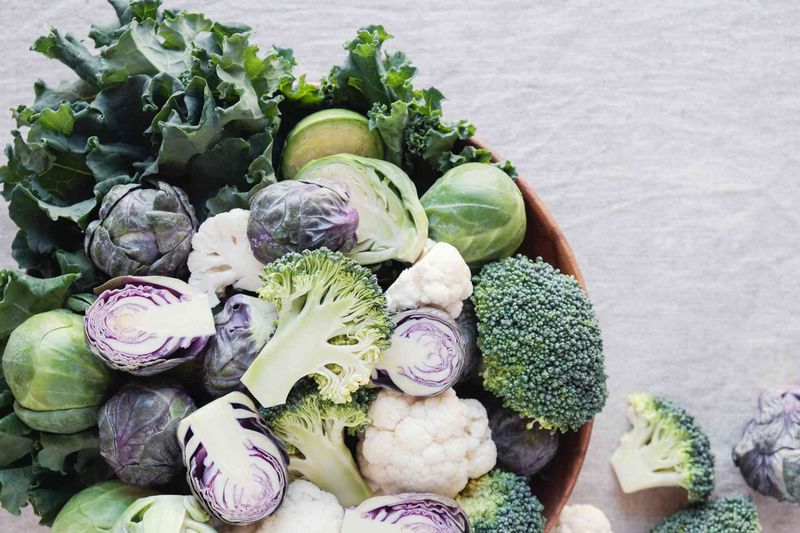
Hearty and satisfying, cruciferous vegetables are ideal for anyone focused on fat loss. Not only do they offer plenty of fiber and water to help you feel full, but they also contain a small amount of protein—rare for veggies. This combo helps control appetite and reduce cravings.
Broccoli, cauliflower, Brussels sprouts, and cabbage are also rich in phytochemicals that support detoxification and inflammation control. Roast them for a crispy finish, mash them as a potato swap, or stir-fry with lean protein. They’re nutritious, versatile, and give you more food volume for fewer calories—a powerful combination for weight loss.
14. ADD: Lean Meats and Poultry
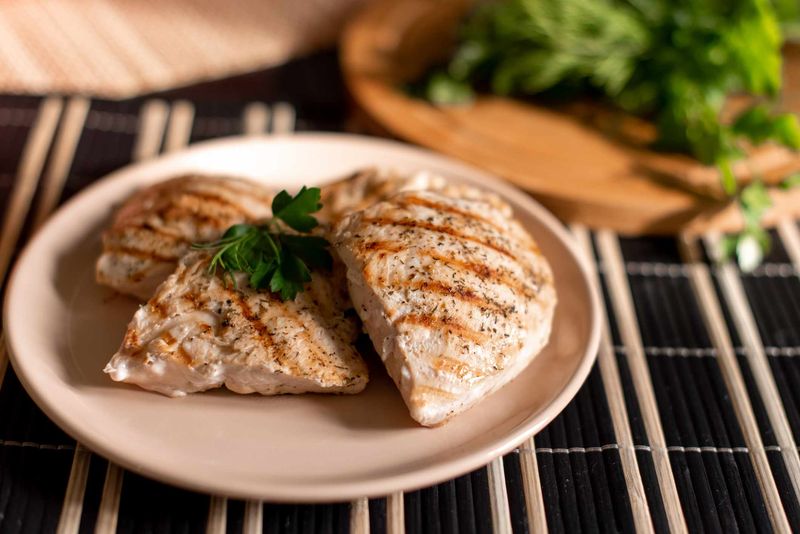
If you’re aiming to burn fat while maintaining muscle, lean meats are essential. Skinless chicken breast, turkey, and lean cuts of beef are rich in high-quality protein, which boosts metabolism, reduces hunger hormones, and preserves lean body mass during calorie deficits. They’re also versatile enough to be grilled, roasted, or sautéed into just about any dish. The key is choosing cuts with minimal fat and avoiding heavy sauces or breading. By building meals around lean protein, you stay satisfied longer and reduce the urge to snack between meals—two major wins for sustainable weight loss.
15. ADD: Fish and Seafood (e.g., salmon, sardines)
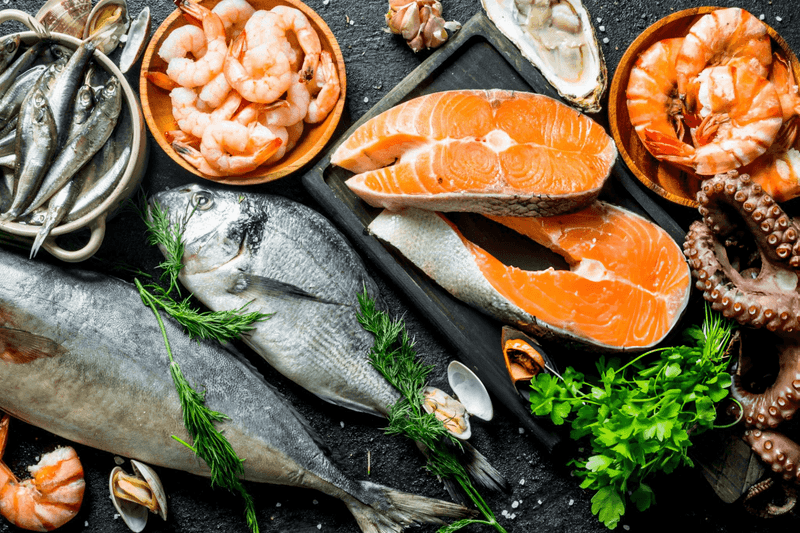
Protein-packed and full of healthy fats, fish and seafood are incredibly weight-loss friendly. Fatty fish like salmon and sardines provide omega-3 fatty acids, which may help reduce inflammation and support fat metabolism. They’re also rich in iodine, important for thyroid function and energy regulation. Unlike many protein sources, fish is easy to digest and quick to prepare. Enjoy it grilled, baked, or tossed into salads and grain bowls. Including seafood a few times a week offers the bonus of heart health benefits while keeping your meals satisfying and balanced—two important factors when cutting calories.
16. ADD: Legumes and Beans (e.g., lentils, chickpeas)

Filling, affordable, and loaded with nutrition, legumes are a smart staple for weight loss. Lentils, chickpeas, and black beans deliver fiber and plant-based protein that work together to curb hunger and promote stable blood sugar levels.
They’re also high in resistant starch, which supports gut health and may enhance fat burning. Legumes are easy to use in everything from soups and stews to salads and dips. Whether you’re plant-based or just cutting back on meat, swapping in beans a few times a week is a simple way to increase fullness and reduce calorie intake—without sacrificing satisfaction.
17. ADD: Nuts and Seeds (in moderation)
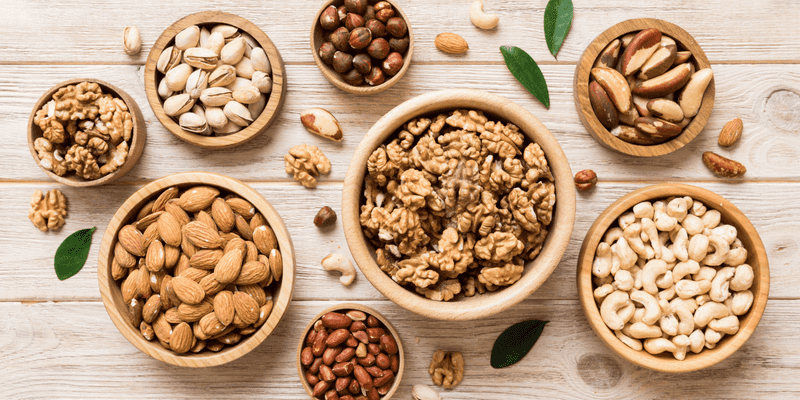
Though calorie-dense, nuts and seeds are excellent allies for healthy weight loss when enjoyed in moderation. They’re packed with fiber, healthy fats, and protein, all of which slow digestion and keep you full longer. Almonds and walnuts are great for snacking, while chia and flaxseeds add texture and nutrients to oatmeal, smoothies, and baked goods. Their rich nutrient profile also supports heart health and hormone balance. The key is portion control—stick to a small handful or tablespoon serving. Used wisely, nuts and seeds satisfy cravings, reduce overeating, and make your meals more enjoyable and nourishing.
18. ADD: Whole Grains (e.g., quinoa, oats)
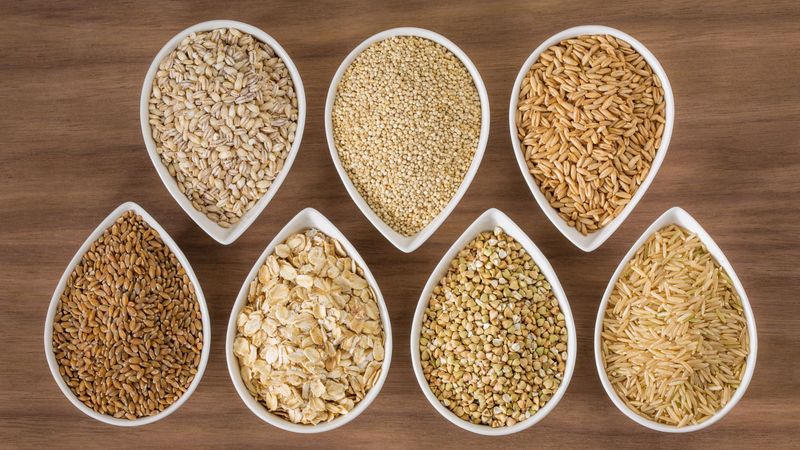
Don’t fear carbs—just choose the right ones. Whole grains like oats, quinoa, and brown rice are complex carbohydrates that provide slow-burning energy, keeping you full and energized throughout the day. Unlike refined grains, they retain their fiber and nutrient content, helping regulate blood sugar and appetite.
Whole grains also promote digestive health and may reduce belly fat when eaten regularly. A bowl of oatmeal for breakfast or a quinoa bowl for lunch can curb cravings and prevent energy crashes. Swapping out white bread or pasta for whole grains is an easy, sustainable tweak that supports steady fat loss.
19. ADD: Fruits (e.g., berries, apples)

When a sugar craving hits, fruit is your best bet. Naturally sweet and full of fiber, fruits like berries, apples, and pears satisfy your sweet tooth while helping you stay on track. Berries, in particular, are low in calories but high in antioxidants and water content—perfect for snacking or topping yogurt.
Apples and pears offer pectin, a special kind of fiber that expands in the stomach to increase satiety. Unlike fruit juice, whole fruits digest slowly and won’t cause the same blood sugar rollercoaster. Add them to your meals or enjoy them solo—they’re nature’s perfect weight-loss-friendly dessert.
20. ADD: Greek Yogurt
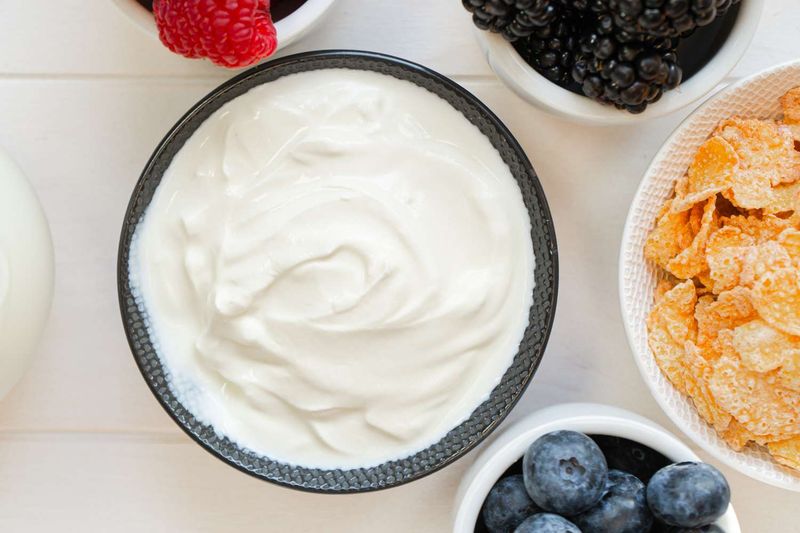
Greek yogurt is a protein-rich powerhouse that helps manage hunger and support muscle maintenance. It contains about twice the protein of regular yogurt and also offers calcium, which supports fat metabolism and bone health. Thanks to its creamy texture and tangy flavor, it works as both a sweet and savory base. Use it in smoothies, parfaits, or as a topping for chili and tacos. Just be sure to choose plain, unsweetened varieties—many flavored options are loaded with added sugars. With its versatility and high satiety value, Greek yogurt is a fridge essential for anyone pursuing healthy weight loss.
21. ADD: Avocados
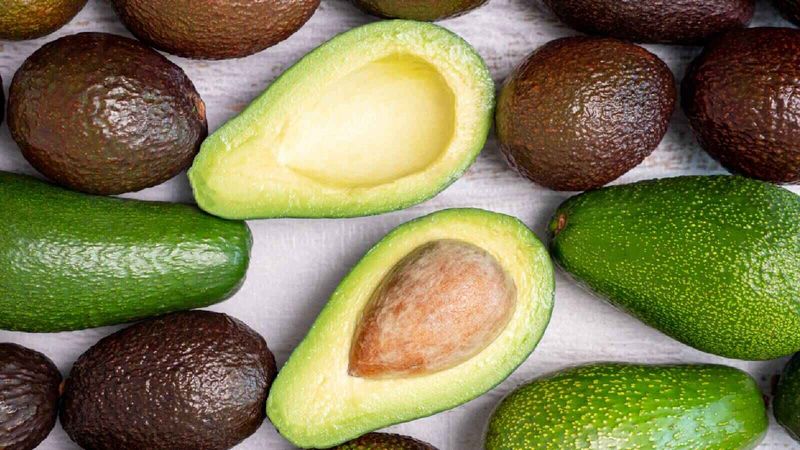
Creamy, satisfying, and nutrient-rich, avocados are proof that fat isn’t the enemy. Their monounsaturated fats help regulate blood sugar and keep you fuller longer, while fiber adds extra staying power. Though higher in calories than most fruits and veggies, studies show that avocados can support weight loss when eaten in moderation. Use them to replace butter, mayo, or cheese, or enjoy them mashed on whole grain toast or sliced into salads. A little goes a long way, so stick with a quarter to half per serving. Their rich flavor and texture make healthy meals feel indulgent and satisfying.
22. ADD: Green Tea
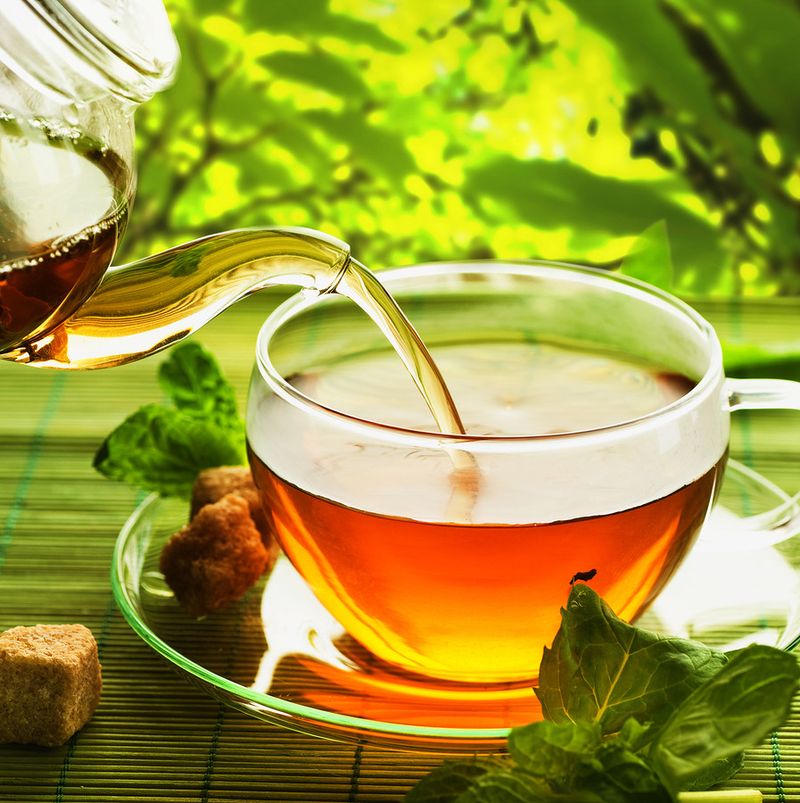
For a gentle metabolism boost and a comforting ritual, green tea is hard to beat. It contains antioxidants called catechins, which may enhance fat burning when combined with caffeine. While the effect is modest, drinking green tea throughout the day can support weight loss by promoting hydration and curbing appetite.
It’s also a smart replacement for sugary drinks or high-calorie coffee orders. Enjoy it hot, iced, or with a splash of lemon or mint. When paired with a balanced diet and active lifestyle, green tea becomes a small but steady contributor to long-term fat loss success.
Leave a comment